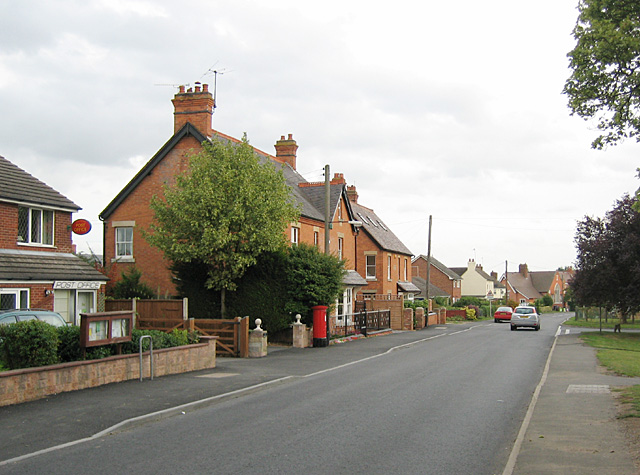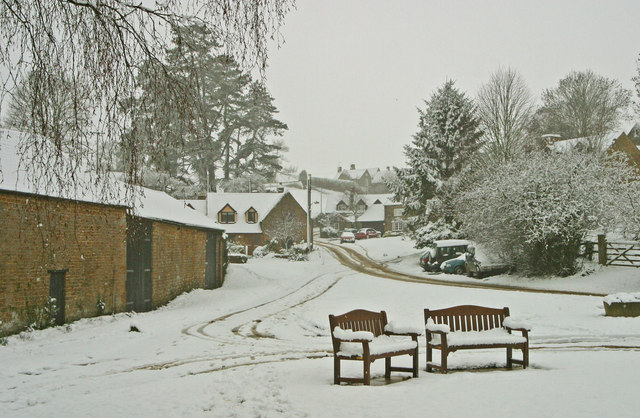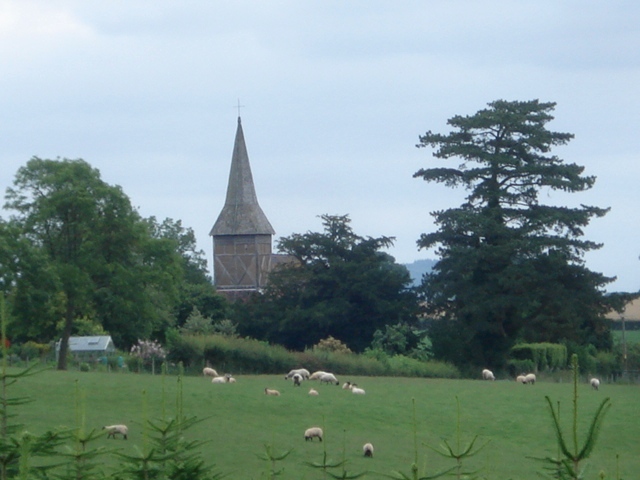|
Chancellor Of The Exchequer Of Ireland
The Chancellor of the Exchequer of Ireland was the head of the Exchequer of Ireland and a member of the Dublin Castle administration under the Lord Lieutenant of Ireland in the Kingdom of Ireland. In early times the office was sometimes called the Chancellor of the Green Wax. In the early centuries, the Chancellor was often a highly educated cleric with knowledge of Finance. In later centuries, when sessions of Parliament had become regular, the Chancellor was invariably an MP in the Irish House of Commons. Walter de Kenley (died 1308), Chancellor from 1292 until his death, was both a judge of the Court of Common Pleas (Ireland) and a distinguished military commander who gave good service against the Gaelic clans of County Wicklow. The office was separate from the judicial role of Lord Chief Baron of the Exchequer of Ireland, although in the early centuries, the two offices were often held by the same person; on other occasions, the Chancellor was second Baron of the Exchequer ... [...More Info...] [...Related Items...] OR: [Wikipedia] [Google] [Baidu] |
Exchequer Of Ireland
The Exchequer of Ireland was a body in the Kingdom of Ireland tasked with collecting The Crown, royal revenue. Modelled on the Exchequer, English Exchequer, it was created in 1210 after King John of England applied English law and legal structure to his Lordship of Ireland. The Exchequer was divided into two parts; the Court of Exchequer (Ireland), Superior Exchequer, which acted as a court of equity and revenue in a way similar to the English Exchequer of Pleas, and the Inferior Exchequer, which directly collected revenue from those who owed The Crown money, principally rents for Crown lands. The Exchequer primarily worked in a way similar to the English legal system, holding a similar jurisdiction (down to the use of the Writ of Quominus to take over cases from the Court of Chancery (Ireland), Irish Court of Chancery). Following the Act of Union 1800, which incorporated Ireland into the United Kingdom of Great Britain and Ireland, United Kingdom, the Exchequer was merged with th ... [...More Info...] [...Related Items...] OR: [Wikipedia] [Google] [Baidu] |
Thomas De Chaddesworth
Thomas de Chaddesworth, de Chedworth or de Chadsworth (-1311) was an English-born Crown servant and cleric who spent some fifty years in Ireland, and died there at a great age. He was Dean of St Patrick's Cathedral, Dublin from 1284"The History and Antiquities of the Collegiate and Cathedral Church of St. Patrick Near Dublin, from its Foundation in 1190, to the Year 1819: Comprising a Topographical Account of the Lands and Parishes Appropriated to the Community of the Cathedral, and to Its Members, and Biographical Memoirs of Its Deans" Mason, W.M. p113:Dublin, W.Folds, 1820 until his death in 1311, having previously been the Cathedral Chancellor from 1266 to 1284. He was the first known Chancellor of the Irish Exchequer (appointed in 1270), and a judge of the Irish Court of Common Pleas. He failed twice to become Archbishop of Dublin, but was compensated with the office of Vicar-General to the Archbishop.Mackay, Ronan "Chedworth (Chaddesworth), Thomas de" ''Cambridge Dictiona ... [...More Info...] [...Related Items...] OR: [Wikipedia] [Google] [Baidu] |
Adam De Harvington
Adam de Harvington, also called Adam de Herwynton (c.1270 – c.1345) was a fourteenth-century Crown official and judge who had a successful career in both England and Ireland. He held office as Chief Baron of the Irish Exchequer and Lord Treasurer of Ireland, and as Chancellor of the Exchequer of England, and acquired considerable wealth.Ball, F. Elrington ''The Judges in Ireland 1221-1921'' John Murray London 1926 Vol.i p. 25 Family He derived his name from his birthplace, Harvington, Chaddesley Corbett, Worcestershire; he was the son of William de Harvington or de Herwynton.Ball pp.66-7 He probably held Harvington Hall itself as a leasehold estate, tenant of the Earl of Warwick, and is said to have died there. He had a lifelong association with Pershore Abbey. William de Harvington, Abbot of Pershore 1307-40, was his cousin, and Adam in a lawsuit of 1419 was described as William's heir. De Herwynton seems to have been the most usual contemporary spelling of the name. Caree ... [...More Info...] [...Related Items...] OR: [Wikipedia] [Google] [Baidu] |
Nicholas De Balscote
Nicholas de Balscote (died 1320) was an English-born official and judge in fourteenth-century Ireland. He attained high judicial office, but his career was damaged by a quarrel with King Edward II.Ball, F. Elrington ''The Judges in Ireland 1221-1921'' John Murray London 1926 Vol.1 p.24, 63 Career He was born at Balscote in Oxfordshire, and probably belonged to the same family as Alexander de Balscot, who was to hold high office in Ireland as a cleric and judge two generations later. He is first heard of as an official of the Exchequer of Ireland in 1303, and was subsequently appointed Archdeacon of Glendalough. In 1313 he was one of the attorneys appointed by John Wogan (Justiciar of Ireland), John Wogan, the outgoing Justiciar of Ireland, to manage his legal affairs, presumably while Wogan was absent in England. Nicholas spent a considerable sum on the upkeep of the King's watermills in Dublin between 1311 and 1314. He became Chancellor of the Exchequer of Ireland in 1310, ... [...More Info...] [...Related Items...] OR: [Wikipedia] [Google] [Baidu] |
John Hotham (bishop)
John Hotham (died 1337) was a medieval Chancellor of the Exchequer, Lord High Treasurer, Lord Chancellor and Bishop of Ely. He was also the effective Governor of Ireland for a time. Hotham was the son of Alan and Matilda Hotham of Hotham and nephew of William Hotham, Archbishop of Dublin. His early career was spent in Ireland, where he became Chancellor of the Exchequer of Ireland until 1310. He was then appointed, on 13 December 1312, Chancellor of the Exchequer in England, a post he held until June 1316. Due to his knowledge of Irish affairs, he spent a good part of the Bruce Campaign in Ireland in that country, overseeing the Irish defences and exercising temporary powers of government. His firm action is generally credited with helping to bring about the defeat of the Scots invasion. Hotham was elected to Ely on about 20 June 1316 and consecrated on 3 October 1316.Fryde, et al. ''Handbook of British Chronology'' p. 244 Later that year he went to meet the pope in Avignon w ... [...More Info...] [...Related Items...] OR: [Wikipedia] [Google] [Baidu] |
Lord Treasurer Of Ireland
The Lord High Treasurer of Ireland was the head of the Exchequer of Ireland, and chief financial officer of the Kingdom of Ireland. The designation ''High'' was added in 1695. After the Acts of Union 1800 created the United Kingdom of Great Britain and Ireland, the Consolidated Fund Act 1816 merged the Irish Inferior Exchequer into the British Treasury with effect from 1817. The act also mandated that the post of Lord High Treasurer of Ireland could only be held together with the post of Treasurer of the Exchequer, with the person holding both being Lord High Treasurer. If no person is appointed to the combined positions, then the Lord High Treasurer of Ireland is placed in commission and represented by the Lords Commissioners of the Treasury, as has been the case continuously since 1816. The Superior Irish Exchequer, or Court of Exchequer, remained, led by the Chief Baron of the Irish Exchequer. Lord Treasurers of Ireland 1217–1695 *1217–1232: John de St John, Bishop ... [...More Info...] [...Related Items...] OR: [Wikipedia] [Google] [Baidu] |
Nicholas De Clere
Nicholas de Clere, or le Clerk (died 1303) was an English-born Crown administrator in the late thirteenth-century Ireland. He was a skilled financier who achieved high Government office, becoming Lord Treasurer of Ireland, but he faced serious charges of corruption, as a result of which he was removed from office. He was ruined financially by the huge debts he owed to the Crown, and spent his last years in prison. Career Little is known of his origins or his family, except that he had a brother William, to whom he was close, and who acted as Deputy Treasurer. He seems to have first entered the royal service in 1277 as a clergyman attached to the royal chapel in Nottingham Castle. He came to Ireland a few years later and was appointed the custodian of the Archdiocese of Dublin, charged with its administration while the See was vacant in 1284. In the same year, he was one of four commissioners chosen by King Edward I to investigate the state of the Exchequer of Ireland. Their repo ... [...More Info...] [...Related Items...] OR: [Wikipedia] [Google] [Baidu] |
Walter De Thornbury
Walter de Thornbury (died 1313 in Ireland, 1313) was an English-born statesman and cleric who held the office of Lord Chancellor of Ireland in the 14th century. His efforts to secure confirmation of his election as Archbishop of Dublin ended in tragedy with his death in a shipwreck. Biography Walter de Thornbury was born in Herefordshire, where he was later granted the manor of Wolferlow by the Mortimer family, with whom he was always closely associated. He was an executor of the will (law), will of Edmund Mortimer, 2nd Baron Mortimer, and was authorised by Edmund's widow Margaret Fiennes, Baroness Mortimer, Margaret de Fiennes to act as her attorney at law, attorney (jointly with Adam de Harvington, who like Walter was later to be a senior judge in Ireland) to recover her dowry and other properties which had been held by Edmund. He was appointed guardian to their son Roger Mortimer, 1st Earl of March.Mortimer, Ian ''The Greatest Traitor- the life of Sir Roger Mortimer, 1st Earl of ... [...More Info...] [...Related Items...] OR: [Wikipedia] [Google] [Baidu] |




